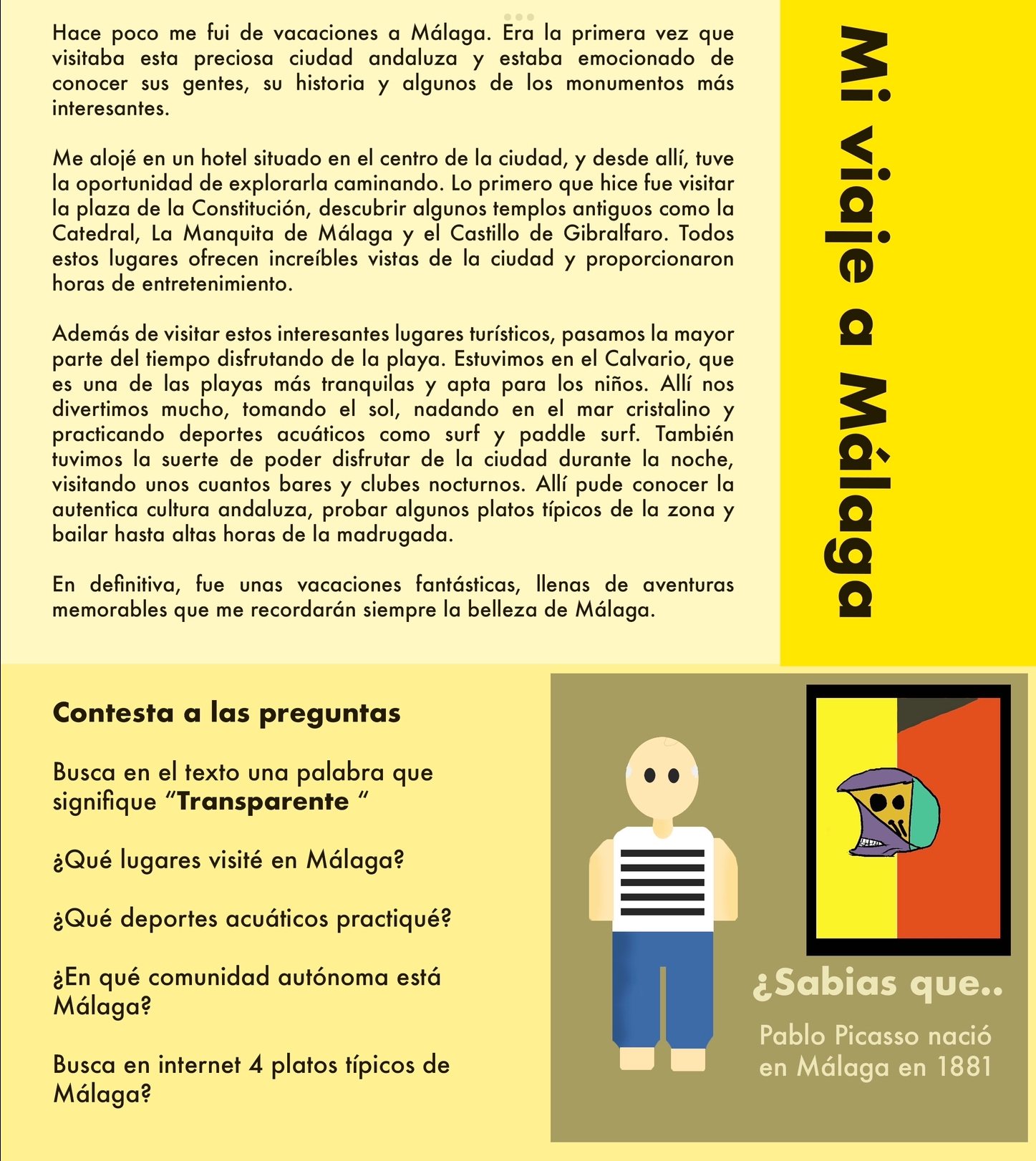Reading comprehension is a crucial skill for language learners, especially when it comes to mastering a new language like Spanish. Being able to understand written texts in Spanish not only improves vocabulary and grammar skills but also helps in overall language proficiency.
Spanish reading comprehension involves not only understanding the words on the page but also grasping the context, tone, and nuances of the language. It requires active engagement with the text, making connections, and drawing inferences to fully comprehend the meaning.
Benefits of Spanish Reading Comprehension
One of the key benefits of improving Spanish reading comprehension is the expansion of vocabulary. By exposing yourself to a variety of written texts in Spanish, you can learn new words and phrases that may not be commonly used in everyday conversation.
Additionally, reading in Spanish helps you understand sentence structure and grammar rules in context. This can be especially helpful for language learners who struggle with grammar concepts or syntax.
Moreover, reading comprehension in Spanish can enhance your cultural awareness and understanding of Spanish-speaking countries. Through literature, news articles, and other written materials, you can gain insights into the traditions, history, and customs of Spanish-speaking communities.
Furthermore, practicing Spanish reading comprehension can improve overall language skills, including listening, speaking, and writing. By exposing yourself to different styles of writing and genres, you can develop a more nuanced understanding of the language and its usage.
In conclusion, Spanish reading comprehension plays a vital role in language acquisition and proficiency. By actively engaging with written texts in Spanish, learners can expand their vocabulary, improve grammar skills, and gain cultural insights. Whether you’re a beginner or an advanced learner, making reading a regular part of your language practice can greatly enhance your Spanish skills.
